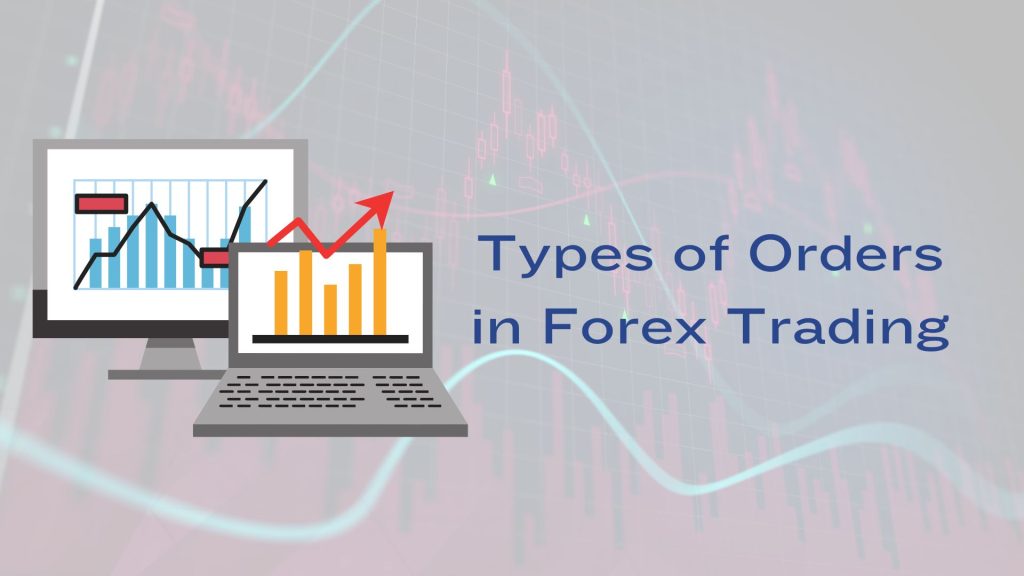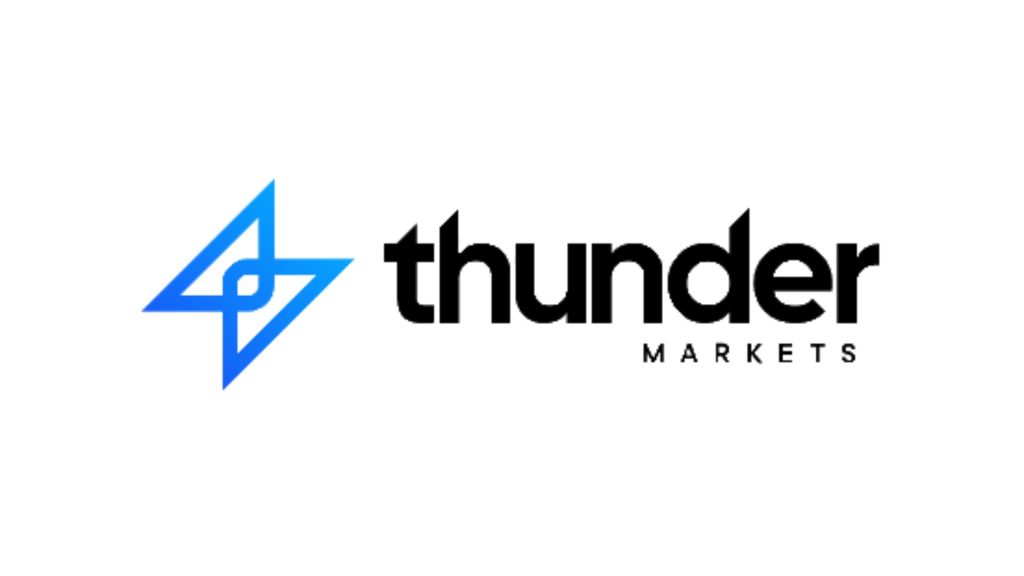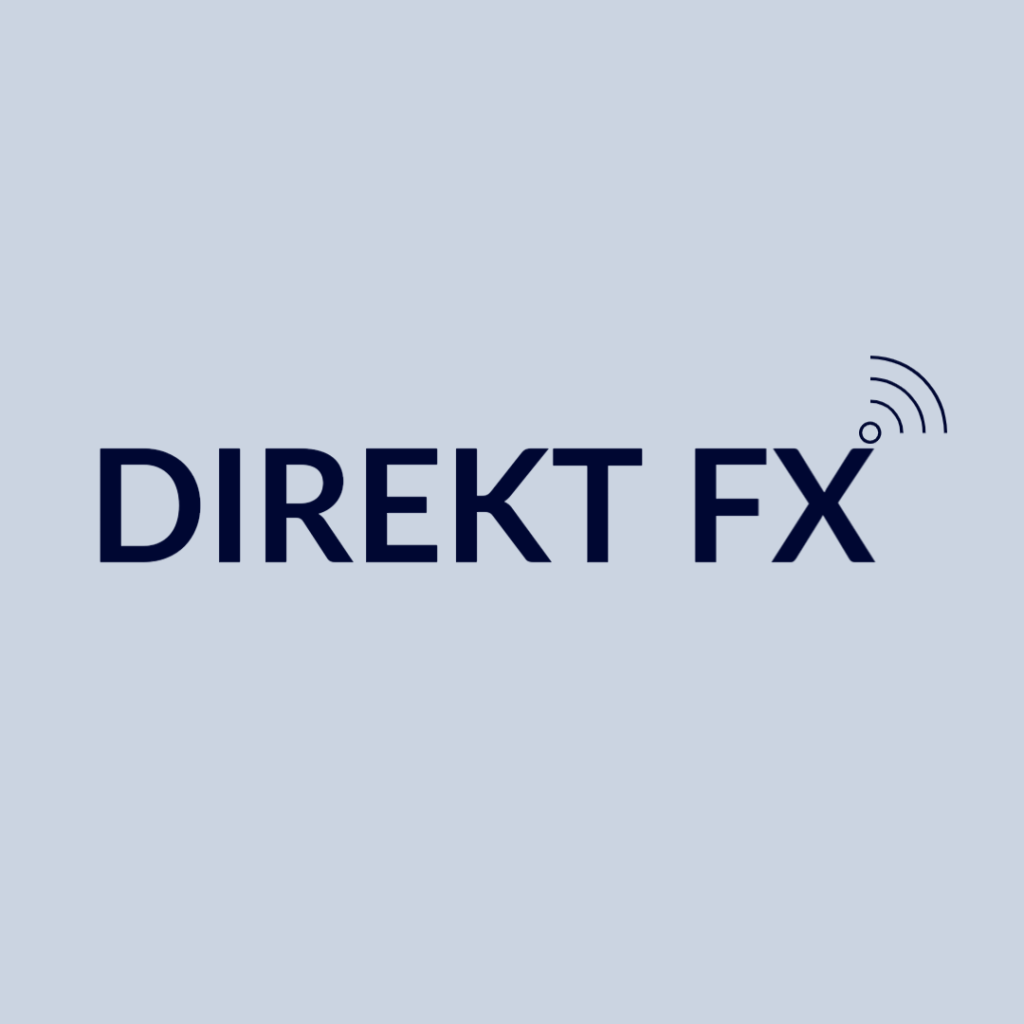
Understanding The Basic Types of Orders in Forex Trading
Forex market is one of the largest financial markets in the world, with a daily trading volume exceeding $6.6 trillion as of 2021. Traders must understand different types of orders in Forex to implement their strategies, manage risk, and capitalize on market movements efficiently.
Types of Orders in the Forex Market
Based on the condition involved with the order, here are the main types of orders in the Forex market:
Market Orders
Market orders are used to buy or sell a currency pair at the best available current price. They are executed almost instantaneously. They are useful when speed is more important than the entry or exit price. Traders often use market orders when they need to enter or exit a trade quickly to capitalize on market news or events that could cause significant price movements.
Contact us now and make your business more visible with us!
Limit Orders
Limit orders are used to define the maximum or minimum price at which a trader wants to buy or sell a currency pair. These orders are only executed at the set limit price or better. Limit orders help traders secure a favourable entry or exit point without monitoring the market constantly.
Buy Limit Orders: Placed below the current market price if traders believe the price will drop before advancing.
Sell Limit Orders: Set above the current market price when traders anticipate a price rise followed by a decline.
Stop Orders
Stop orders are necessary for managing risk in Forex trading. They limit an investor’s loss of a position.
Stop-Loss Orders: These orders help to close a position at a specified price level. Once the price reaches this level, the stop-loss order becomes a market order and is executed at the next available price. It manages potential losses, especially in volatile market conditions.
Stop-Entry Orders: They permit to enter the market at a worse price than currently available. For example, a buy-stop order is placed above the current market price if a trader anticipates further price increases.
Pending Orders
Pending orders in Forex trading are instructions to a broker to execute a trade at a future price point that the trader specifies. This category includes buy-stop and sell-stop orders. They are required for strategic entry and exit into the market.
Buy Stop Orders: These are set above the current market price. Traders use them when they expect the price to continue rising after reaching a certain level.
Sell Stop Orders: They are placed below the current market price. They are used when the expectation is that the price will continue to fall after hitting the set level.
Conditional Orders
Conditional orders, such as One Cancels the Other (OCO) and If/Then, are advanced tools that allow traders to set complex strategies with multiple contingencies.
OCO Orders: This setup involves two orders, usually one stop and one limit order. If one is executed, the other is automatically cancelled. It is useful in volatile markets where a trader wants to take profits at a certain price or limit a loss at another.
If/Then Orders: These are sequential. If the first order (If) is executed, then the second order (Then) becomes an active unconditioned order. Breakout strategies often use this order type.
Conclusion
Traders must understand different order types to manage and execute strategies effectively. Each order type serves distinct purposes. Traders should practise with various order types in a simulated trading environment to find the approaches best suited to their trading styles and market conditions.
Become a part of a global network of finance professionals and find the ideal trading and liquidity partners now!
Follow us on LinkedIn to get daily financial updates!





